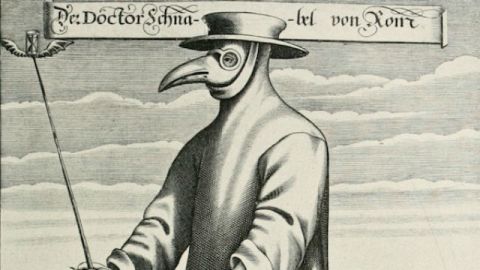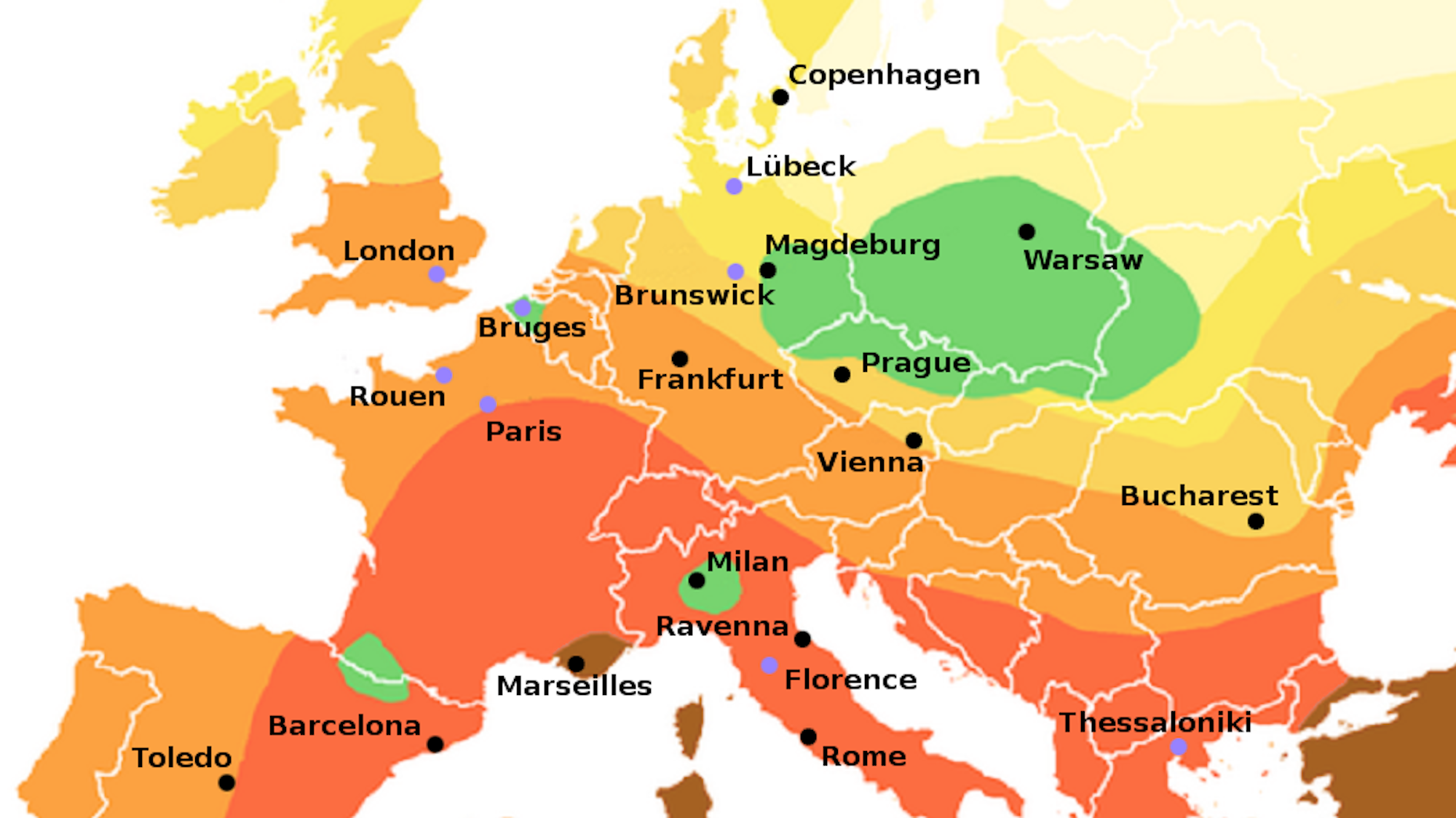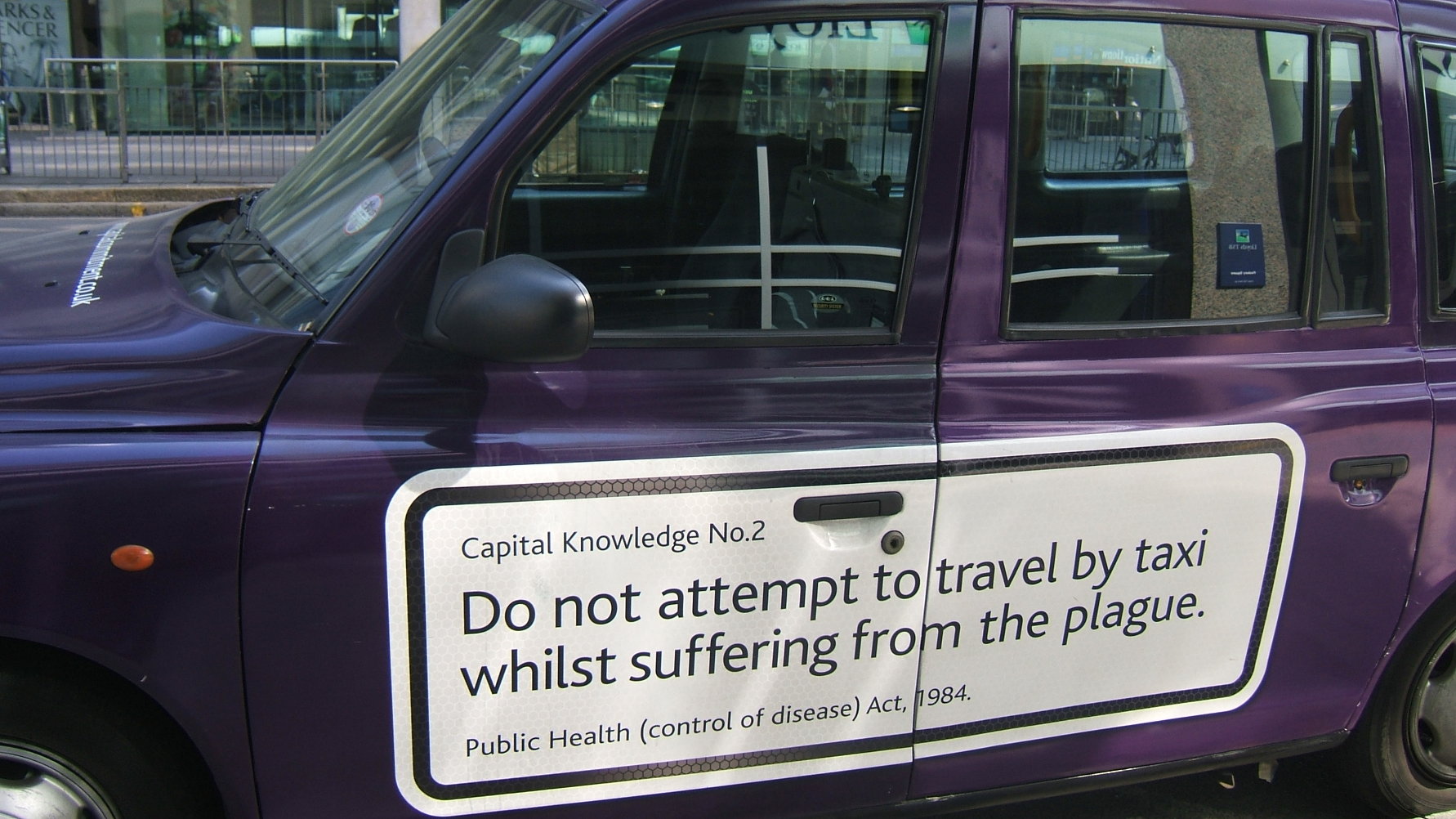Black Death: The Upside to Killing Half of Europe

Editor’s Note: This article was provided by our partner, RealClearScience.
The doctor will see you now.
The Black Death, caused by the bacterium Yersinia pestis, wiped out 30 to 50 percent of Europe’s population between 1347 and 1351. But, this is just the most infamous of the little microbe’s shenanigans. Y. pestis, which is one-millionth our size, has caused three major pandemics and continues killing people to this very day. The plague gets such a bad rap because it represents some of the greatest tragedies to ever befall the human race.
Can anything nice be said about the plague? As it turns out, yes. A new analysis by Sharon DeWitte in PLoS ONE suggests a silver lining: Black Death survivors and their descendants were healthier and longer-living, meaning that the plague served as a gigantic natural selection event eliminating many of the weak and frail from the population.
Because so many people died, it was widely assumed that the Black Death killed indiscriminately. But that’s not true. Elderly people and those who were in poor health to begin with were much likelier to die. To be sure, the plague kills healthy people, too. But, as with most infectious diseases, healthy people have a better chance at surviving. Ironically, the Europeans who made it through the Black Death inherited a much better world. Food prices dropped, labor wages increased, and there was a boost in the standard of living.
Dr. DeWitte examined the skeletal remains of 464 pre-Black Death Londoners who died in the 11th to 13th Centuries. She also examined the remains of 133 post-Black Death Londoners who died between 1350 and the mid-16th Century. Given the better standard of living following the Black Death, Dr. DeWitte reasoned that the post-Black Death population should have lived longer. And that’s exactly what she found.

As shown, the survival curve for post-Black Death Londoners was greatly improved compared to the pre-Black Death survival curve. A much greater fraction of the population survived to middle age and beyond.
Once again, the adage, “What doesn’t kill you makes you stronger,” turns out to be accurate.
Source: DeWitte SN (2014) Mortality Risk and Survival in the Aftermath of the Medieval Black Death. PLoS ONE 9(5): e96513. doi:10.1371/journal.pone.0096513
(Image: Plague doctor via Wikimedia Commons)




